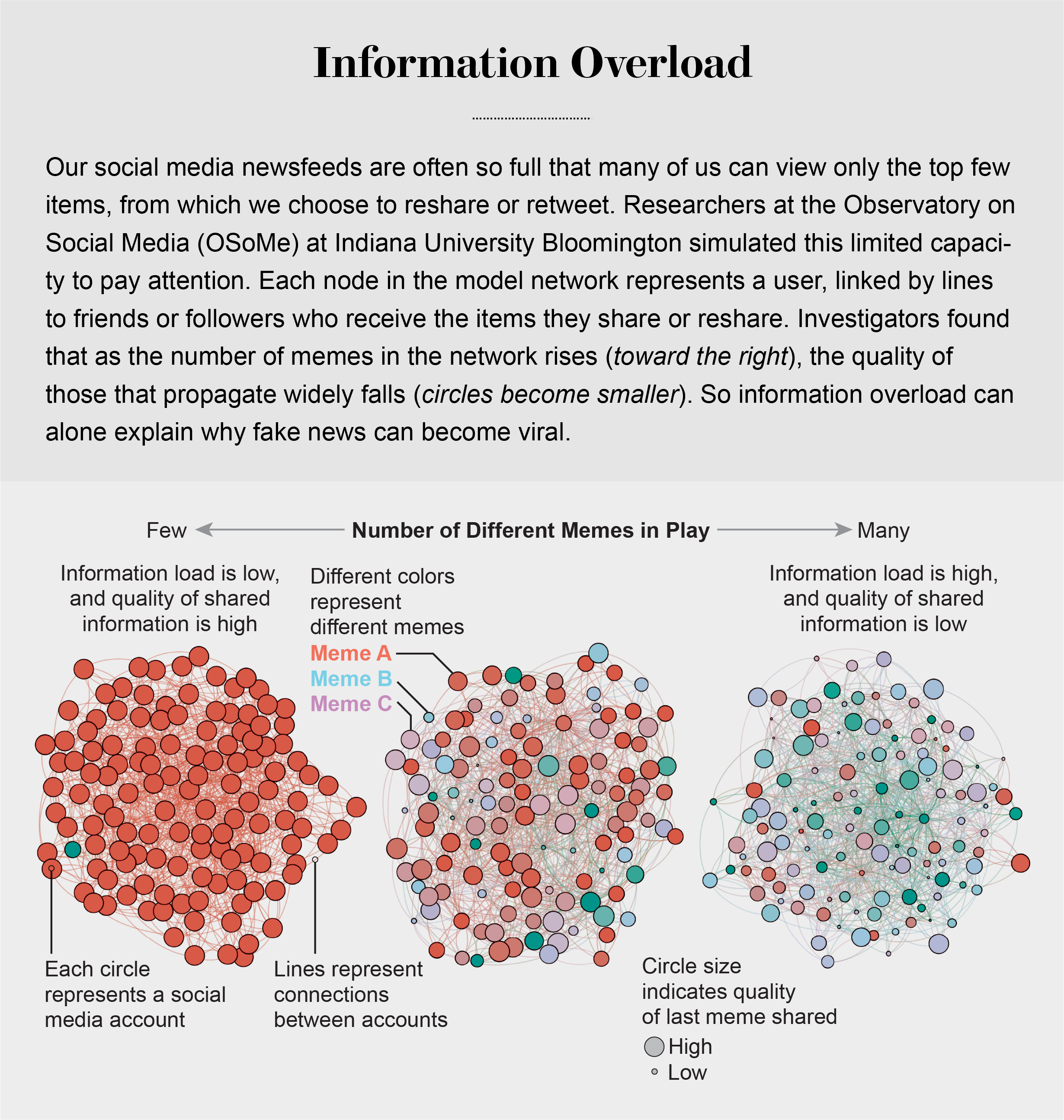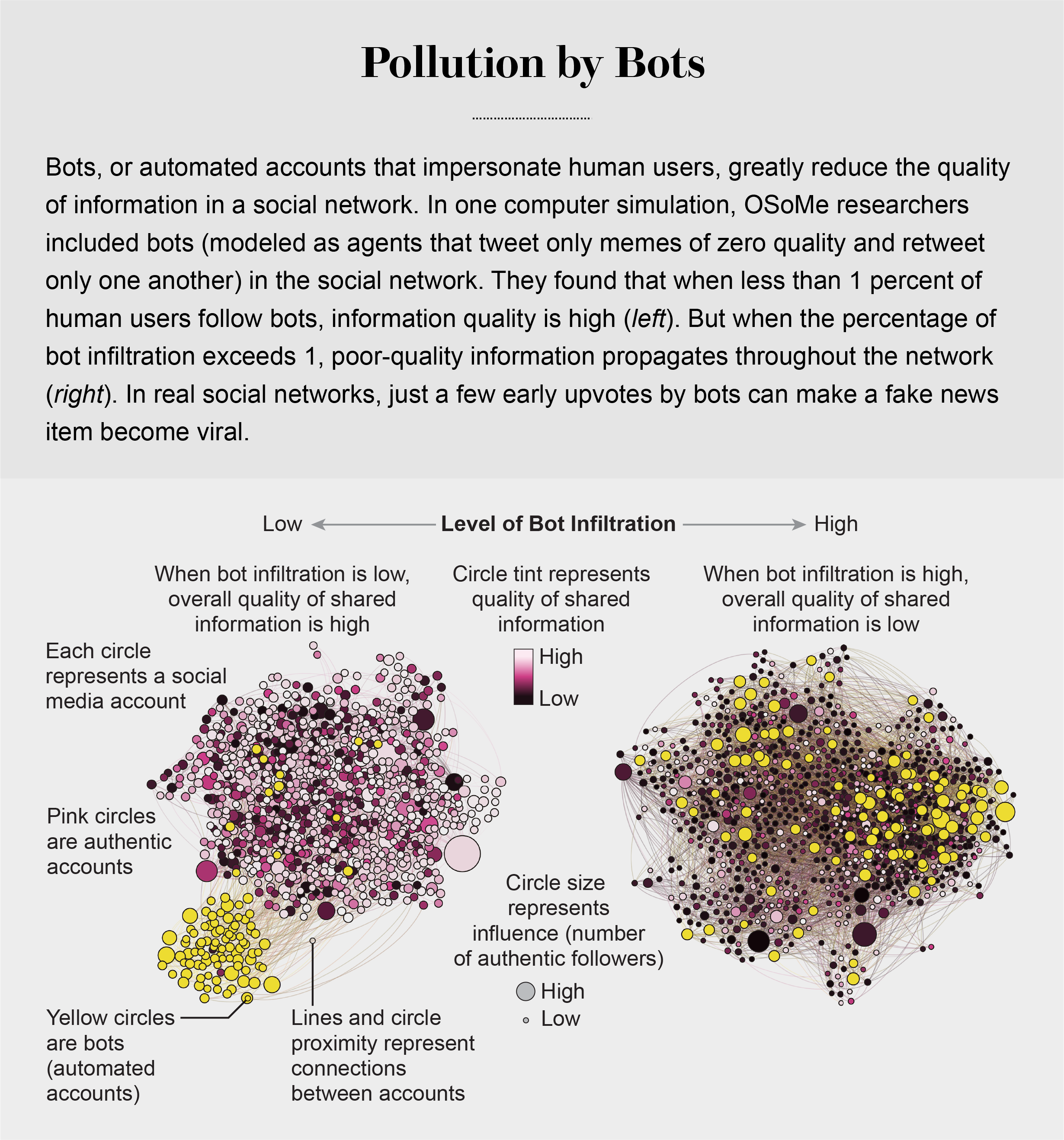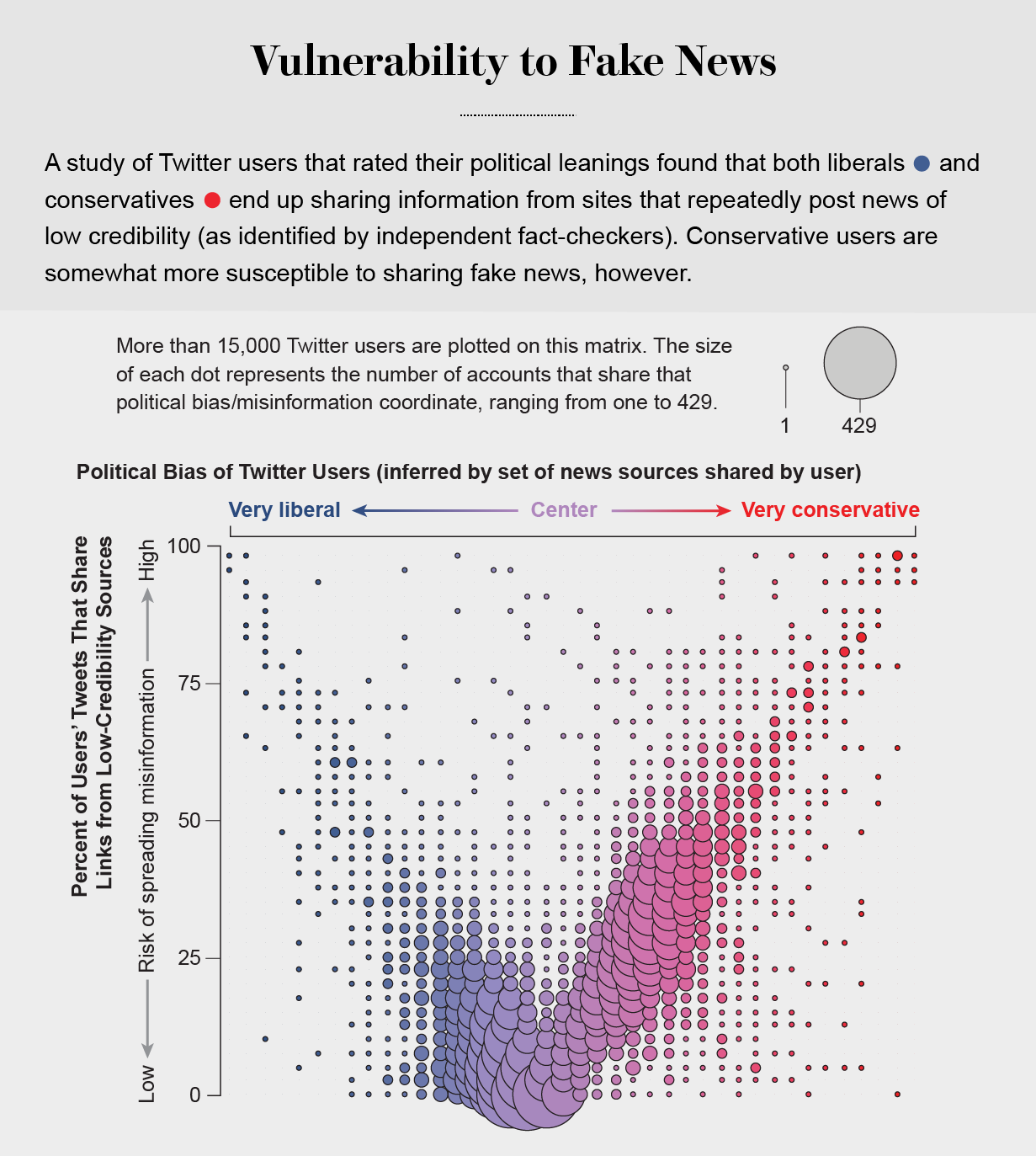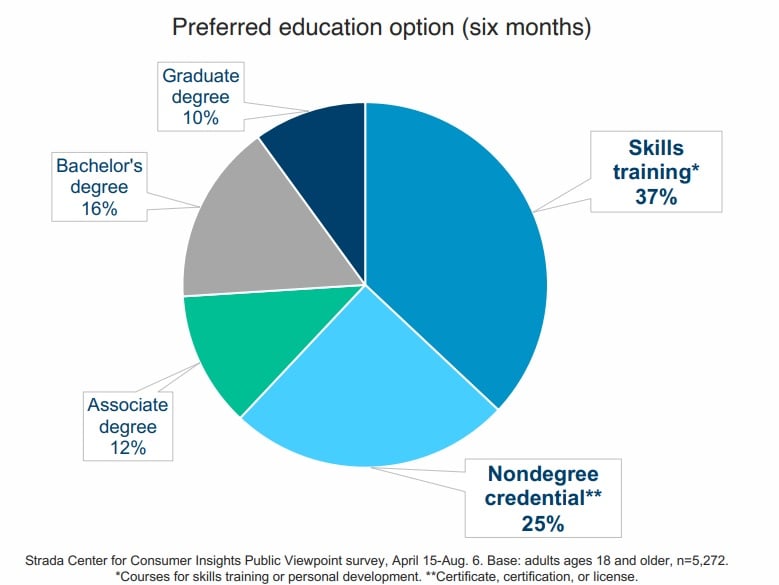Searching for "bloom"
What Is the Metaverse? Is It Just Virtual Reality, or Something More?
https://www-howtogeek-com.cdn.ampproject.org/c/s/www.howtogeek.com/745807/what-is-the-metaverse-is-it-just-virtual-reality-or-something-more/amp/
Tech CEOs keep talking about “the metaverse.” Mark Zuckerberg insists that Facebook will be seen as a “metaverse company” instead of a social media company. Satya Nadella proclaims Microsoft is creating a “metaverse stack” for the enterprise.
Author Neil Stephenson coined the term “metaverse” in Snow Crash, a dystopian cyberpunk novel published in 1992.
In the novel, the metaverse is a sort of 3D virtual world. It’s not simply a virtual reality game but is a persistent, shared virtual world. Or rather, the metaverse is a whole universe of shared virtual spaces seemingly linked together—you could, essentially, teleport between them.
If you think this all sounds a bit like Ready Player One or a higher-tech version of Second Life, you’re right.
virtual reality (VR) and not augmented reality (AR) was necessary for that kind of vision
To Zuckerberg and other tech CEOs, the concept of “the metaverse” seems to have more in common with “Web 2.0.” It’s a bunch of new technologies: VR headsets! Presence! Persistent digital worlds
Microsoft’s vision of the metaverse seems to take the form of rambling, buzzword-heavy talk about “digital twins” and “converging the physical with the digital” with “mixed reality.” Microsoft’s Azure cloud can do it!
Of course, as we learned with Windows 10’s “Mixed Reality” headsets, that term often just means Virtual Reality to Microsoft. However, it can also mean augmented reality: And, little surprise, Microsoft also has a headset to sell you: The HoloLens.
++++++++++++++++
more on Metaverse in this IMS blog
https://blog.stcloudstate.edu/ims?s=metaverse
more on immersive in this IMS blog
https://blog.stcloudstate.edu/ims?s=immersive
Facebook’s XR Roadmap
https://avibarzeev.medium.com/facebooks-xr-roadmap-b096bc35b205
https://blog.stcloudstate.edu/ims?s=extended+reality
2021+: Drive VR Costs Below All Competitors
Here’s a deeper analysis I published recently on how much Facebook likely spends and expects to make from XR, given such a low entry price for Quest2.
2022+: Establish a Growing Ecosystem
Facebook needs developers […developers, developers…] to make the content that attracts and retains customers. They reportedly haven’t treated some VR developers very well so far, including strong-arming, competing with, and sometimes blocking eager developers from the platform.
+++++++++++++++++++++
more on immersive in this IMS blog
https://blog.stcloudstate.edu/ims?s=immersive
https://blog.stcloudstate.edu/ims?s=extended+reality
How can we best design learning experiences with technology? What are the possibilities of gaming and education?
The Future Trends Forum will explore these questions with professor Karl Kapp of Bloomsburg University.
////
The Future Trends Forum
Nested on the servers’ motherboards, the testers found a tiny microchip, not much bigger than a grain of rice, that wasn’t part of the boards’ original design. Amazon reported the discovery to U.S. authorities, sending a shudder through the intelligence community. Elemental’s servers could be found in Department of Defense data centers, the CIA’s drone operations, and the onboard networks of Navy warships. And Elemental was just one of hundreds of Supermicro customers.
interdiction, consists of manipulating devices as they’re in transit from manufacturer to customer. This approach is favored by U.S. spy agencies, according to documents leaked by former National Security Agency contractor Edward Snowden. The other method involves seeding changes from the very beginning.
In emailed statements, Amazon (which announced its acquisition of Elemental in September 2015), Apple, and Supermicro disputed summaries of Bloomberg Businessweek’s reporting.
The Chinese government didn’t directly address questions about manipulation of Supermicro servers, issuing a statement that read, in part, “Supply chain safety in cyberspace is an issue of common concern, and China is also a victim.” The FBI and the Office of the Director of National Intelligence, representing the CIA and NSA, declined to comment.
+++++++++++++
more on hackers in this IMS blog
https://blog.stcloudstate.edu/ims?s=hacker
U.S. Policy on China May Move from ‘America First’ to America & Co.
A tech entrepreneur in the State Department is using network theory to counter Chinese pressure.
According to Krach, the Clean Network includes 180 telecom companies and 50 national governments that represent two-thirds of the world’s gross domestic product. Although that’s impressive, all countries aren’t equally committed.
The task of forming networks to counter China’s influence has been made easier by China itself, which has frightened and angered trading partners with its “wolf warrior” diplomacy, a newly belligerent pursuit of China’s national interests.
The Clean Network is to China what George Kennan’s “long telegram” [PDF] of 1946 was to the Soviet Union, wrote David Fidler, adjunct senior fellow for cybersecurity and global health at the Council on Foreign Relations, in a blog post in October.
But trade deals alone are not enough, says Martijn Rasser, a senior fellow at the Center for a New American Security. For instance, they wouldn’t stop China from exporting its surveillance technology to countries such as Venezuela and Uganda, where it’s been used to target political activists, he says.
Information Overload Helps Fake News Spread, and Social Media Knows It
Understanding how algorithm manipulators exploit our cognitive vulnerabilities empowers us to fight back
https://www.scientificamerican.com/article/information-overload-helps-fake-news-spread-and-social-media-knows-it/
a minefield of cognitive biases.
People who behaved in accordance with them—for example, by staying away from the overgrown pond bank where someone said there was a viper—were more likely to survive than those who did not.
Compounding the problem is the proliferation of online information. Viewing and producing blogs, videos, tweets and other units of information called memes has become so cheap and easy that the information marketplace is inundated. My note: folksonomy in its worst.
At the University of Warwick in England and at Indiana University Bloomington’s Observatory on Social Media (OSoMe, pronounced “awesome”), our teams are using cognitive experiments, simulations, data mining and artificial intelligence to comprehend the cognitive vulnerabilities of social media users.
developing analytical and machine-learning aids to fight social media manipulation.
As Nobel Prize–winning economist and psychologist Herbert A. Simon noted, “What information consumes is rather obvious: it consumes the attention of its recipients.”
attention economy

Our models revealed that even when we want to see and share high-quality information, our inability to view everything in our news feeds inevitably leads us to share things that are partly or completely untrue.
Frederic Bartlett
Cognitive biases greatly worsen the problem.
We now know that our minds do this all the time: they adjust our understanding of new information so that it fits in with what we already know. One consequence of this so-called confirmation bias is that people often seek out, recall and understand information that best confirms what they already believe.
This tendency is extremely difficult to correct.
Making matters worse, search engines and social media platforms provide personalized recommendations based on the vast amounts of data they have about users’ past preferences.
pollution by bots

Social Herding
social groups create a pressure toward conformity so powerful that it can overcome individual preferences, and by amplifying random early differences, it can cause segregated groups to diverge to extremes.
Social media follows a similar dynamic. We confuse popularity with quality and end up copying the behavior we observe.
information is transmitted via “complex contagion”: when we are repeatedly exposed to an idea, typically from many sources, we are more likely to adopt and reshare it.

In addition to showing us items that conform with our views, social media platforms such as Facebook, Twitter, YouTube and Instagram place popular content at the top of our screens and show us how many people have liked and shared something. Few of us realize that these cues do not provide independent assessments of quality.
programmers who design the algorithms for ranking memes on social media assume that the “wisdom of crowds” will quickly identify high-quality items; they use popularity as a proxy for quality. My note: again, ill-conceived folksonomy.
Echo Chambers
the political echo chambers on Twitter are so extreme that individual users’ political leanings can be predicted with high accuracy: you have the same opinions as the majority of your connections. This chambered structure efficiently spreads information within a community while insulating that community from other groups.
socially shared information not only bolsters our biases but also becomes more resilient to correction.
machine-learning algorithms to detect social bots. One of these, Botometer, is a public tool that extracts 1,200 features from a given Twitter account to characterize its profile, friends, social network structure, temporal activity patterns, language and other features. The program compares these characteristics with those of tens of thousands of previously identified bots to give the Twitter account a score for its likely use of automation.
Some manipulators play both sides of a divide through separate fake news sites and bots, driving political polarization or monetization by ads.
recently uncovered a network of inauthentic accounts on Twitter that were all coordinated by the same entity. Some pretended to be pro-Trump supporters of the Make America Great Again campaign, whereas others posed as Trump “resisters”; all asked for political donations.
a mobile app called Fakey that helps users learn how to spot misinformation. The game simulates a social media news feed, showing actual articles from low- and high-credibility sources. Users must decide what they can or should not share and what to fact-check. Analysis of data from Fakey confirms the prevalence of online social herding: users are more likely to share low-credibility articles when they believe that many other people have shared them.
Hoaxy, shows how any extant meme spreads through Twitter. In this visualization, nodes represent actual Twitter accounts, and links depict how retweets, quotes, mentions and replies propagate the meme from account to account.
Free communication is not free. By decreasing the cost of information, we have decreased its value and invited its adulteration.
Introduction to JSON and Structured Data
Dates: November 2nd through 29th, 2020
Instructor: Robert Chavez
Credits: 1.5 CEUs or 15 PDHs
Price: $175
https://libraryjuiceacademy.com/shop/course/161-introduction-json-structured-data/
JSON is a semi-structured data format for encoding data and is a popular language for data sharing and interchange – as such it is considered a good alternative to XML. This materials in this course will cover all the core JSON syntax and data structures as well as:
– structured data as a concept
– core data structuring approaches
– the differences between XML and JSON
– when to use XML, when to use JSON
JSON itself is the language of JSON Schema and JSON-LD. We will also study core JSON Schema, a language that allows annotation and validation of JSON documents, and have an introduction to JSON-LD. JSON-LD is covered in greater depth in a follow-up course, JSON-LD Fundamentals. Both courses are follow-ups to our Certificate in XML and RDF-Based Systems.
https://libraryjuiceacademy.com/shop/course/171-json-ld-fundamentals/
https://libraryjuiceacademy.com/certificate/xml-and-rdf-based-systems/
Robert Chavez holds a PhD in Classical Studies from Indiana University. From 1994-1999 he worked in the Library Electronic Text Resource Service at Indiana University Bloomington as an electronic text specialist. From 1999-2007 Robert worked at Tufts University at the Perseus Project and the Digital Collections and Archives as a programmer, digital humanist, and institutional repository program manager. He currently works for the New England Journal of Medicine as Content Applications Architect.
Course Structure
This is an online class that is taught asynchronously, meaning that participants do the work on their own time as their schedules allow. The class does not meet together at any particular times, although the instructor may set up optional synchronous chat sessions. Instruction includes readings and assignments in one-week segments. Class participation is in an online forum environment.
++++++++++++++++
more on JSON in this IMS blog
https://blog.stcloudstate.edu/ims?s=json
Alternative Credentials on the Rise
Interest is growing in short-term, online credentials amid the pandemic. Will they become viable alternative pathways to well-paying jobs?
Paul Fain August 27, 2020
https://www.insidehighered.com/news/2020/08/27/interest-spikes-short-term-online-credentials-will-it-be-sustained
A growing body of evidence has found strong consumer interest in recent months in skills-based, online credentials that are clearly tied to careers, particularly among adult learners from diverse and lower-income backgrounds, whom four-year colleges often have struggled to attract and graduate.
For years the demographics of higher education have been shifting away from traditional-age, full-paying college students while online education has become more sophisticated and accepted.
That has amplified interest in recent months among employers, students, workers and policy makers in online certificates, industry certifications, apprenticeships, microcredentials, boot camps and even lower-cost online master’s degrees.
Moody’s, the credit ratings firm, on Wednesday said online and nondegree programs are growing at a rapid pace.
Google will fund 100,000 need-based scholarships for the certificates, and said it will consider them the “equivalent of a four-year degree” for related roles.
Google isn’t alone in this push. IBM, Facebook, Salesforce and Microsoft are creating their own short-term, skills-based credentials. Several tech companies also are dropping degree requirements for some jobs, as is the federal government, while the White House, employers and some higher education groups have collaborated on an Ad Council campaign to tout alternatives to the college degree.
One of the most consistent findings in a nationally representative poll conducted by the Strada Education Network’s Center for Consumer Insights over the last five months has been a preference for nondegree and skills training options.

Despite growing skepticism about the value of a college degree, it remains the best ticket to a well-paying job and career. And data have shown that college degrees have been a cushion amid the pandemic and recession.
Experts had long speculated that employer interest in alternative credential pathways would wither when low employment rates went away,…. Yet some big employers, including Amazon, are paying to retrain workers for jobs outside the company as it restructures.
++++++++++++
more on badges, microcredentialing in this IMS blog
https://blog.stcloudstate.edu/ims?s=microcredential
https://www.kritik.io/resources/peer-to-peer-curation-activities-boost-higher-order-thinking
Most professors we hear from want to assess their students on higher levels and that if current assessments kept student at the lowest level of Bloom’s Taxonomy, they wouldn’t feel rewarded as educators.
However, assessment is by far the most labour-intensive part of teaching. Assessment plans and rubrics must be prepped. Test questions must be written. Every student needs a mark, personalized feedback and a road-map for improvement. The larger the class, the more work for the instructor. Add in formative assessments like weekly assignments and exercises that precipitate subtle, ongoing tweaks to the syllabus and it’s easy to see why many faculty opt to stick with what they know: An accumulation of easy-to-grade summative assessments that almost inevitably rely upon memorization and the most basic understanding of concepts
Curation Activities can be one of the most effective teaching strategies to help students compare what they’re learning in the classroom with real-world examples, and gain insight into how they can relate to each other.
Curation Activities can apply to all disciples, such as Business, Arts, or Sciences.
When students explain what they’ve learned to other students, they help consolidate and strengthen connections to those concepts while simultaneously engaging in active learning Find more project ideas here.
By actively engaging with their classmates and applying their own evaluative skills to feedback they’re delivering to their peers, students are developing lifelong critical thinking and creative analysis skills. Additionally, peer assessment is proven to be effective in getting students faster feedback from diverse sources, increases meta-cognition, independence and self-reflection, and improves student learning. These are all important skills that provide value far beyond the classroom. More details on the benefits of peer assessment here.
++++++++++++++
more on curation in this IMS blog
https://blog.stcloudstate.edu/ims?s=curation
10 Journalism Brands Where You Find Real Facts Rather Than Alternative Facts
https://www.forbes.com/sites/berlinschoolofcreativeleadership/2017/02/01/10-journalism-brands-where-you-will-find-real-facts-rather-than-alternative-facts/#211616b7e9b5
Feb 1, 2017 Paul Glader
The Poynter Institute – an enlightened non-profit in St. Petersburg, Fla., that has an ownership role in the Tampa Bay Times and provides research, training and educational resources on journalism – provides many excellent online modules to help citizens improve their news media literacy.
citizens should support local and regional publications that hew to ethical journalism standards and cover local government entities.
- https://www.nytimes.com/
- https://www.wsj.com/
- https://www.washingtonpost.com/
- http://www.bbc.com/news
- http://www.economist.com/
- http://www.newyorker.com/
- Wire Services: The Associated Press, Reuters, Bloomberg News
- https://www.foreignaffairs.com/
- https://www.theatlantic.com/
- http://www.politico.com/
Runners Up:
– National Public Radio
– TIME magazine
-The Christian Science Monitor
– The Los Angeles Times (and many other regional, metropolitan daily newspapers)
– USA Today
– CNN
– NBC News
– CBS News
– ABC News
Business News Sources:
– FORBES magazine
– Bloomberg BusinessWeek magazine
– Fortune magazine
– The Financial Times newspaper
Sources of reporting and opinion from the right of the political spectrum:
- National Review
- The Weekly Standard
Sources of reporting and opinion from the left of the political spectrum:
– The New Republic
– The Nation
+++++++++++
more on fake news in this IMS blog
https://blog.stcloudstate.edu/ims?s=fake+news



